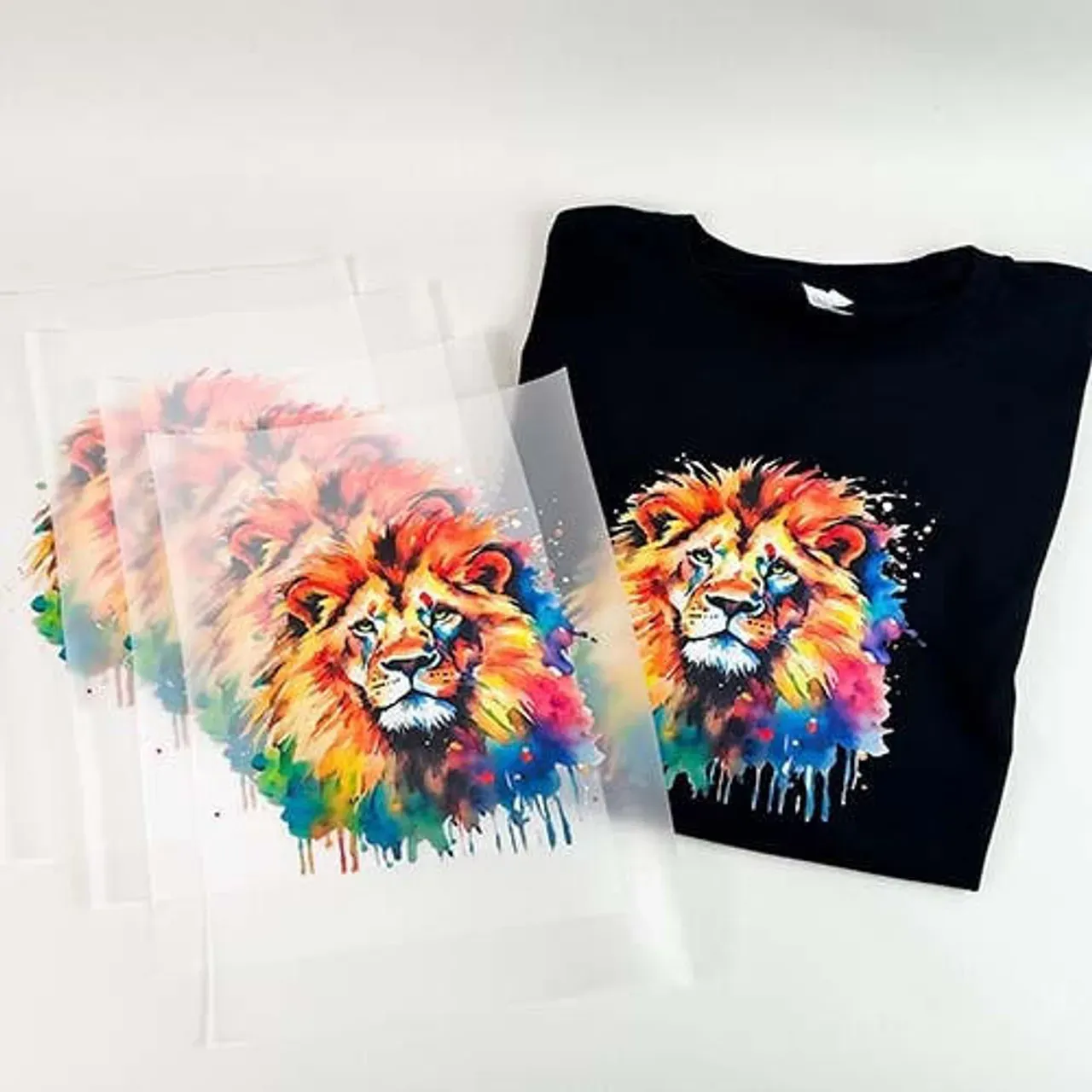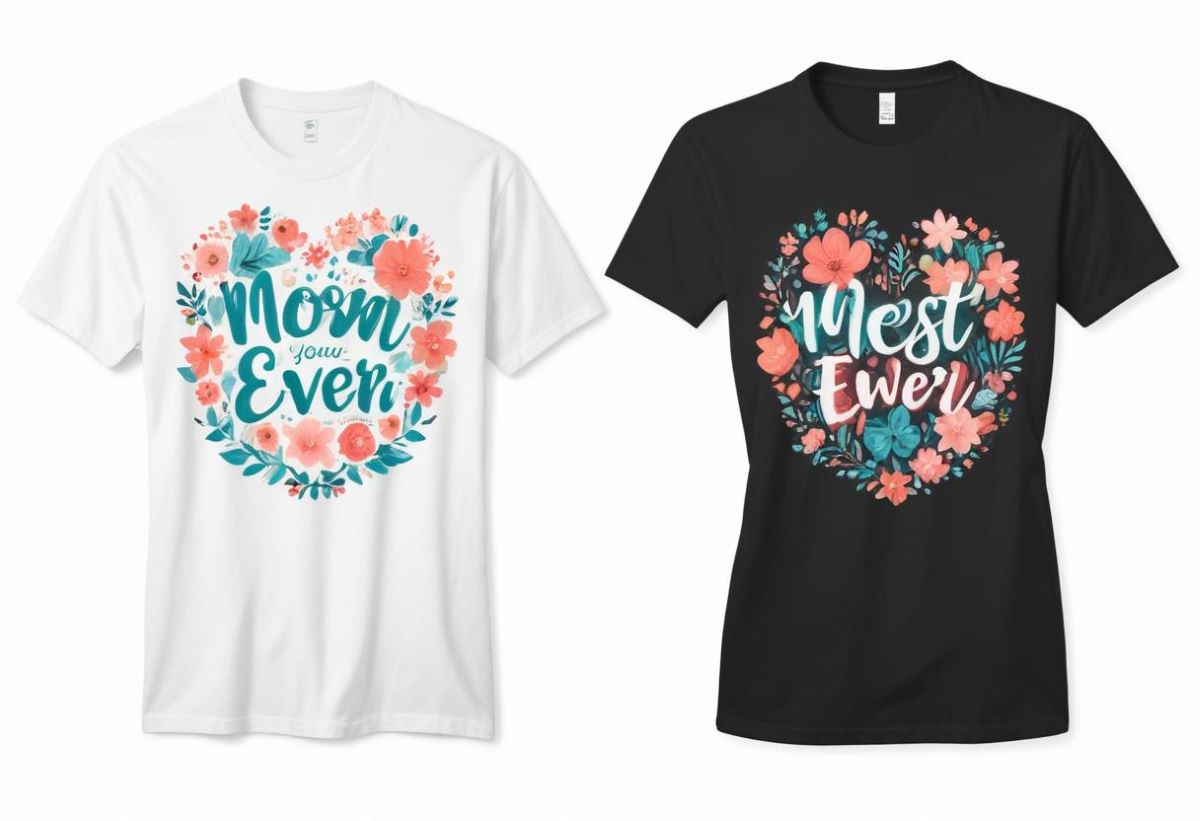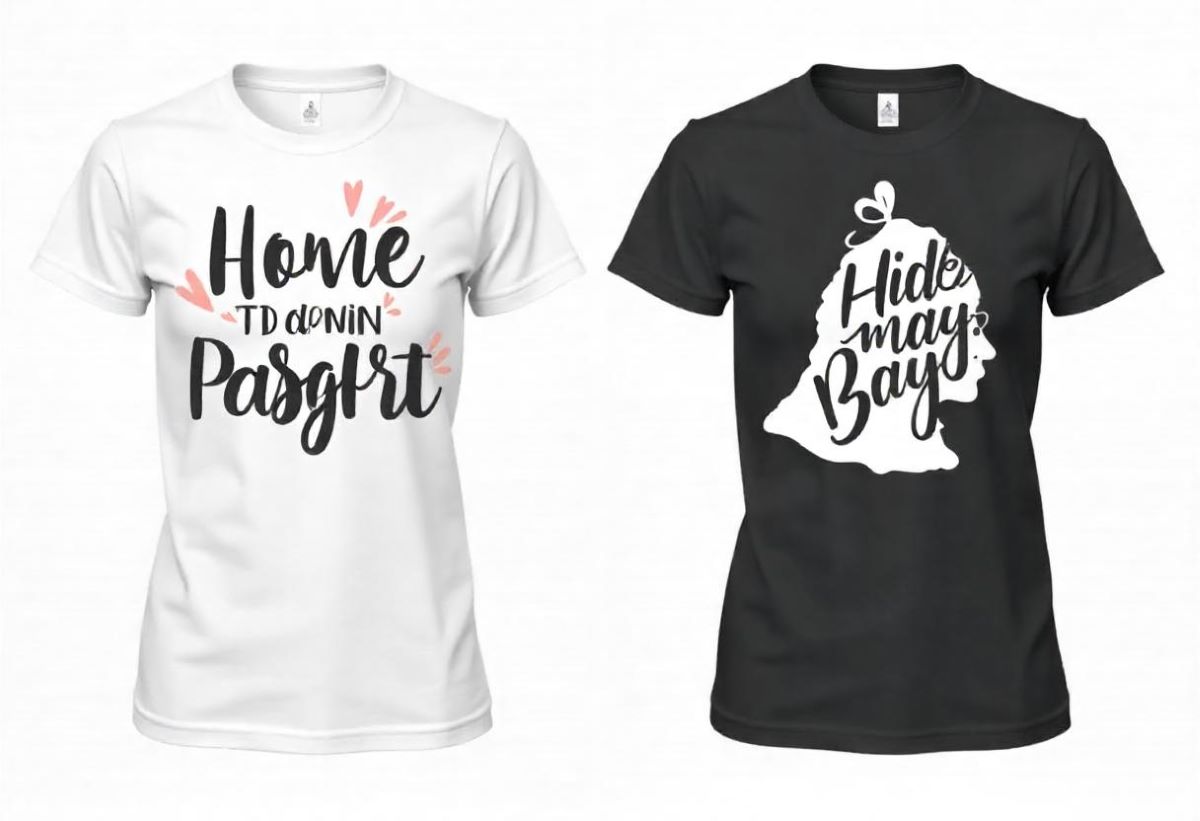DTF transfers, or Direct-to-Film transfers, have emerged as a game-changer in the realm of custom apparel printing. This cutting-edge DTF printing technology allows for vibrant and high-quality designs to be transferred onto a variety of fabrics, catering to the diverse needs of the print-on-demand market. With the ability to work with different material types and the advantage of reduced setup time, DTF transfers are leading the way for businesses seeking efficiency and versatility in their fabric printing techniques. As more brands recognize the benefits of this innovative approach, it is evident that DTF technology will continue to revolutionize the custom apparel landscape. In this article, we will explore the myriad advantages and future prospects of DTF transfers in detail.
Also known as Direct-to-Film printing, DTF transfers are rapidly transforming how designers create custom clothing. This unique fabric printing technique enables intricate designs to be applied to garments directly from a film substrate, making it accessible to a wide range of materials. The ease of use associated with DTF printing opens new doors for businesses engaged in the on-demand apparel sector, providing a sustainable approach to custom design. As we explore the evolution of this technology, it becomes clear that DTF printing not only enhances creativity but also streamlines the apparel manufacturing process for optimal efficiency.
What Are DTF Transfers and How Do They Work?
DTF transfers, or Direct-to-Film transfers, represent a breakthrough in the realm of custom apparel printing, providing an innovative solution that enhances productivity and quality. At its core, DTF transfers involve the printing of designs onto a special film using advanced ink technology, followed by a heat transfer process that adheres the image to a variety of fabric types. This method not only ensures vibrancy and precision but also allows for intricate designs that are difficult to achieve with traditional printing methods. The process is relatively user-friendly, which is a significant advantage for those looking to transition from older techniques.
The DTF printing technology thrives on versatility, accommodating various types of fabrics, including cotton, polyester, blends, and even some synthetic materials. This flexibility opens up a spectrum of possibilities for custom apparel businesses, catering to diverse consumer demands. As the market shifts towards personalized products, understanding how DTF transfers work will be vital for those looking to introduce unique designs that stand out in a competitive marketplace.
Advantages of DTF Transfers Compared to Traditional Methods
When analyzing the advantages of DTF transfers, one immediate benefit is the superior quality of output compared to traditional techniques such as screen printing or Direct-to-Garment printing. The vibrant colors, smooth gradients, and exceptional detail achievable with DTF transfers set them apart in the fabric printing landscape. Through advanced ink formulations, the durability of these prints is enhanced, allowing for long-lasting designs that endure regular washing and wear.
Moreover, DTF transfers shine in their ability to cater to a print-on-demand business model. This efficiency translates to significant cost savings and reduced waste, as businesses can produce apparel only when orders are placed. By leveraging DTF technology, companies not only fulfill customer desires for customizability but also maintain sustainable practices that resonate with today’s eco-conscious consumers.
The Efficiency and Cost-Effectiveness of DTF Printing
DTF printing technology excels in both efficiency and cost-effectiveness, which are critical factors for any custom apparel business. The reduced setup time required for DTF transfers means that small to medium-sized runs can be completed with less effort and expense. Unlike traditional screen printing, which necessitates creating screens and extensive setup processes, DTF allows for quicker turnarounds, enabling businesses to respond to market demands promptly and effectively.
Additionally, as businesses adopt an on-demand approach with DTF printing, they inherently minimize inventory costs and reduce financial risk. By producing only what is needed, companies can maintain a lean operation that is not weighed down by excess stock. This financial agility positions them better in a fast-paced market, allowing for the flexibility needed to adapt to changing consumer preferences and trends.
User-Friendly Aspects of DTF Printing
One of the remarkable traits of DTF printing technology is its user-friendly nature. Many of the printers designed for DTF are not only straightforward to operate but also require minimal maintenance, making them accessible for novice operators and small business owners. This ease of use contributes to quicker training times, allowing employees to become proficient with the process more rapidly than with older traditional methods.
The emergence of DTF printing has empowered a new generation of entrepreneurs who may not have a deep background in professional printing. The reduced barriers to entry facilitate creativity and experimentation, encouraging users to explore diverse fabric printing techniques. The simplicity of the process invites innovation and customization, which are key components of a successful custom apparel business.
The Growing Market Potential of DTF Printing Technology
The custom apparel market is witnessing a significant growth spurt, largely fueled by the integration of DTF printing technology. As demand for personalized clothing continues to rise, businesses are recognizing the strategic advantages of adopting DTF transfers. Reports show that the global market for custom apparel is expanding, highlighting an opportunity for DTF technology to establish itself as a dominant force within this booming sector.
Industry players are increasingly turning to DTF due to its capability to enhance printing efficiency while keeping costs manageable. This trend signals a broader acceptance of DTF among established businesses and newcomers alike, leading to innovation and development as the technology matures. As DTF becomes more widely recognized, we can expect exciting advancements that will further shape the future of apparel printing.
Community and Collaboration in DTF Printing
Another key factor contributing to the success of DTF printing technology is the strong sense of community among its users. Many enthusiasts engage in online forums, workshops, and social media groups to share experiences, troubleshoot common issues, and collaborate on design ideas. This supportive environment not only fosters innovation but also ensures that newcomers to DTF technology have access to a wealth of knowledge and resources that can facilitate their learning.
Collaboration within the DTF printing community often leads to the sharing of best practices, techniques, and product recommendations, further enhancing the user experience. By learning from one another, users can develop their skills and improve their output quality. This spirit of cooperation signifies that DTF printing is more than just a tool; it’s a community-driven movement that continually evolves and adapts to the ever-changing demands of the custom apparel industry.
Frequently Asked Questions
What are DTF transfers and how do they work in custom apparel printing?
DTF transfers, or Direct-to-Film transfers, are a modern fabric printing technique where designs are printed onto special film and then applied to fabric using heat and pressure. This method allows for vibrant colors and intricate details, making it a popular choice in custom apparel printing.
What advantages does DTF printing offer over traditional printing methods?
DTF printing technology provides superior quality and detail, is highly versatile across various materials, and is more cost-effective for short runs than traditional methods like screen printing. Its efficiency allows for on-demand printing, aligning with trends in custom apparel production.
Can DTF transfers be used on all types of fabrics?
Yes, DTF transfers can be printed on a wide range of fabrics, including cotton, polyester, blends, and some synthetics. This versatility makes DTF printing an excellent choice for businesses catering to diverse customer needs in custom apparel.
How does the DTF printing process compare to Direct-to-Garment (DTG) printing?
While both DTF and DTG printing are modern custom apparel techniques, DTF printing allows for greater versatility in fabric types and typically has a shorter setup time, making it more efficient for smaller production runs.
Is DTF printing a sustainable option for print on demand businesses?
Yes, DTF printing supports a sustainable print on demand model by allowing businesses to produce items only as needed. This reduces waste and inventory costs, aligning with consumer preferences for environmentally friendly practices in custom apparel.
What trends are shaping the future of DTF transfers in the custom apparel market?
The growing demand for custom apparel and advancements in DTF printing technology are driving market growth. The supportive DTF community also fosters innovation and collaboration, ensuring that this method will continue to evolve and enhance business operations in the custom apparel sector.
| Feature | Description |
|---|---|
| What Are DTF Transfers? | A modern printing technology that prints designs onto a special film, which is transferred onto fabric using heat and pressure. |
| Advantages of DTF Transfers | |
| 1. Superior Quality and Detail | Produces vibrant colors, smooth gradients, and intricate details; improved durability for long-lasting prints. |
| 2. Versatility Across Material Types | Can print on various textiles including cotton, polyester, and blends, catering to diverse customer preferences. |
| 3. Efficiency and Cost-Effectiveness | Shorter setup time and an on-demand printing model reduce waste and inventory costs. |
| 4. User-Friendly Process | Easy to use, requiring less maintenance and quicker training for operators, enhancing workforce efficiency. |
| 5. Market Growth Potential | Increasing demand for custom apparel makes DTF technology a viable choice for businesses. |
Summary
DTF transfers are revolutionizing the world of custom apparel printing, offering superior quality, versatility, and efficiency that traditional methods struggle to match. As the demand for personalized apparel increases, DTF technology is establishing itself as a key player in the industry. By enabling businesses to operate more sustainably and cost-effectively, DTF printing not only enhances production workflows but also aligns with the consumer desire for unique and environmentally conscious fashion. With its growing community support, the future of DTF transfers looks bright, promising further advancements and continued market growth in the realm of custom apparel.



